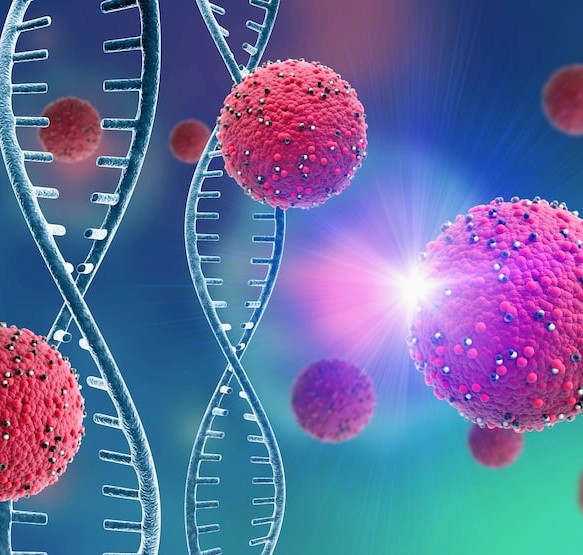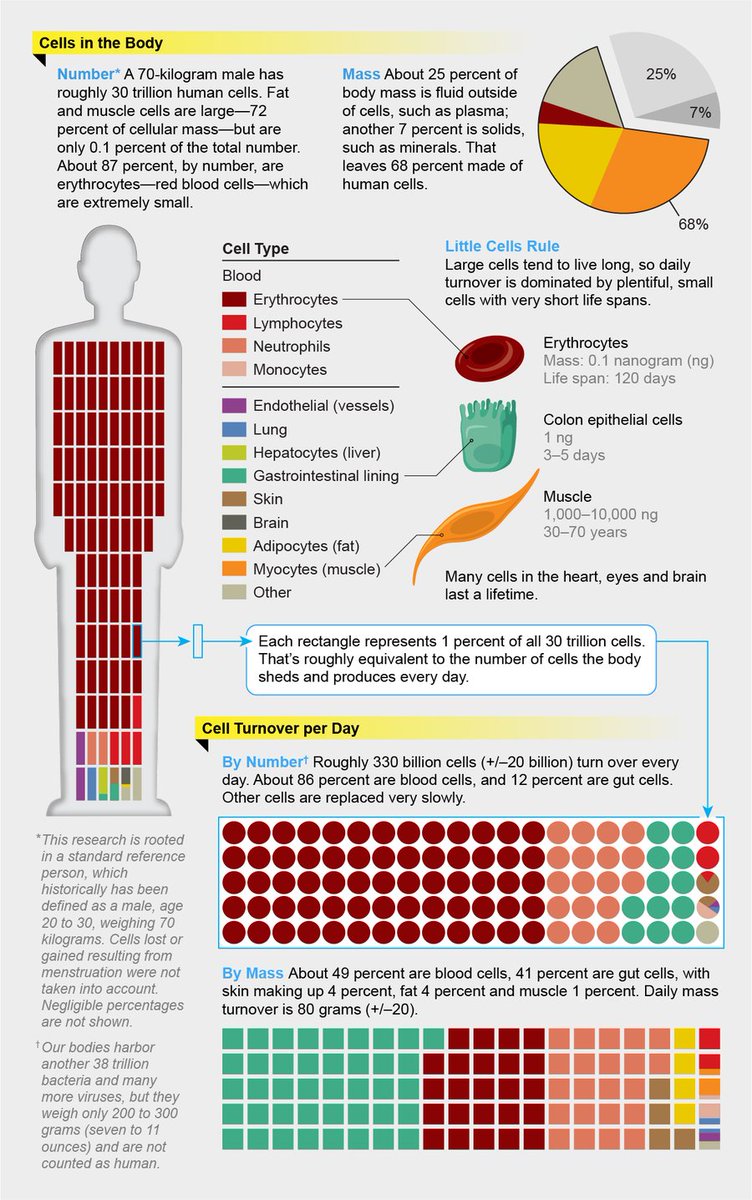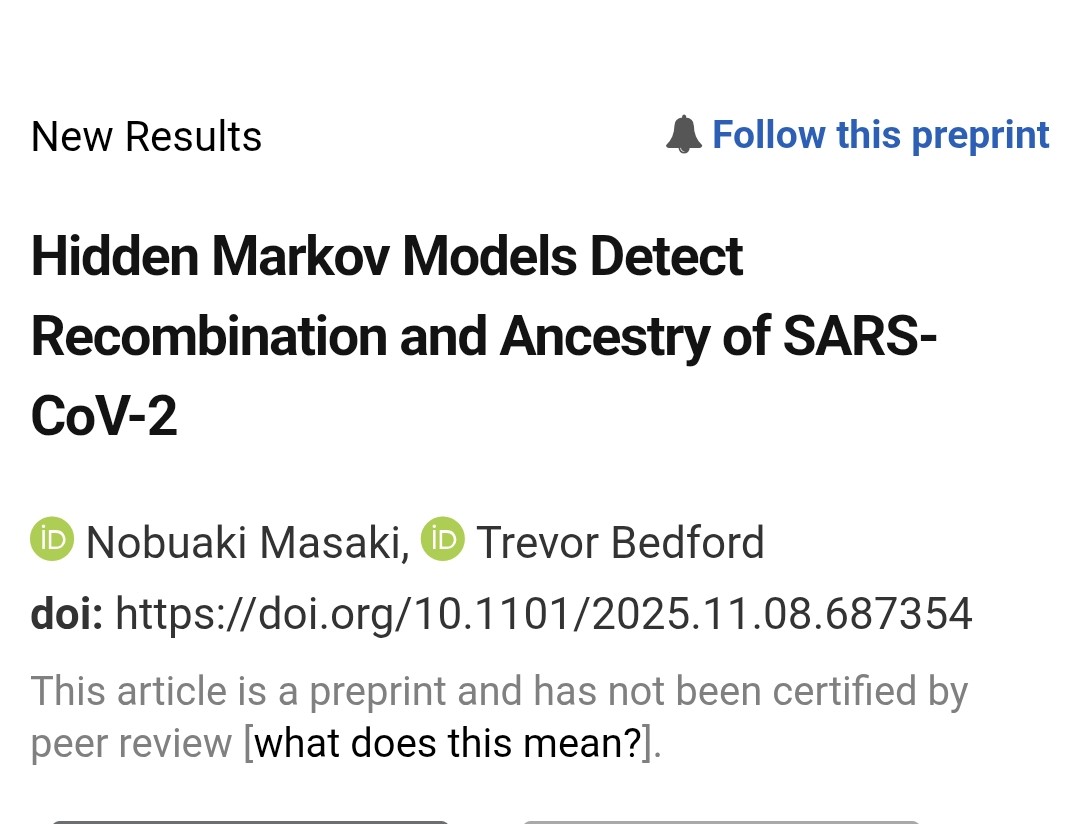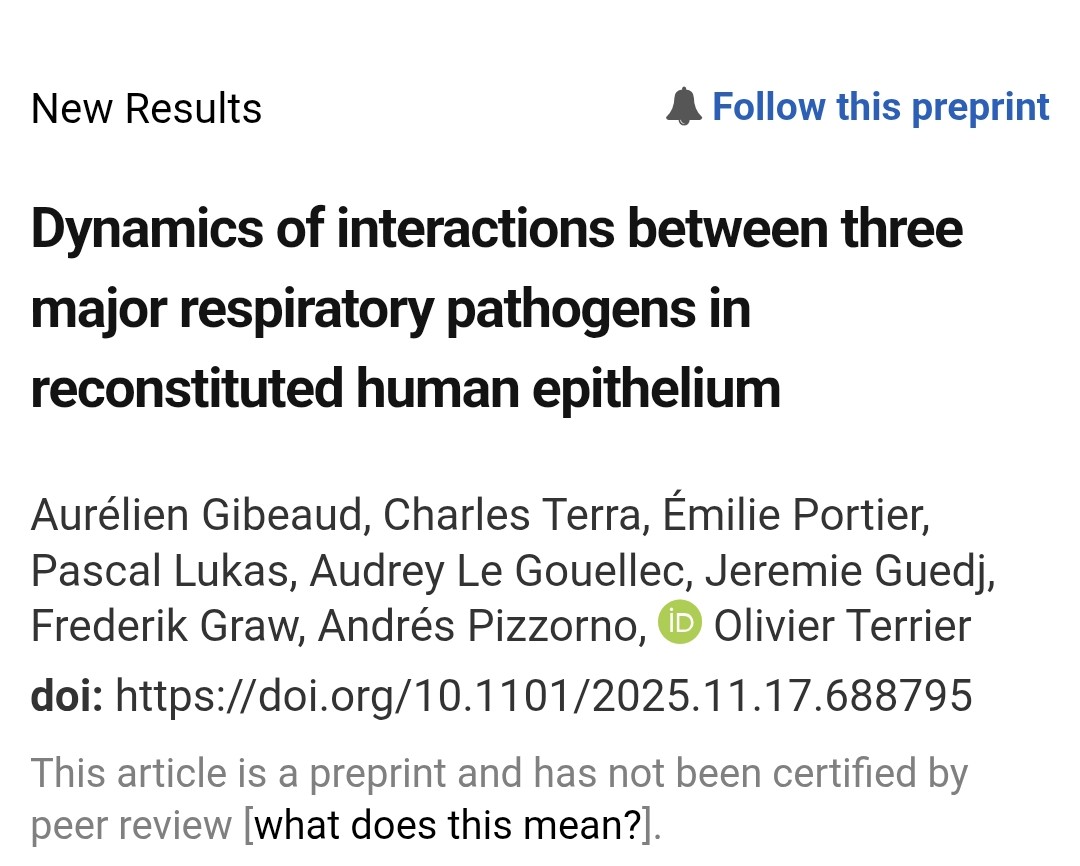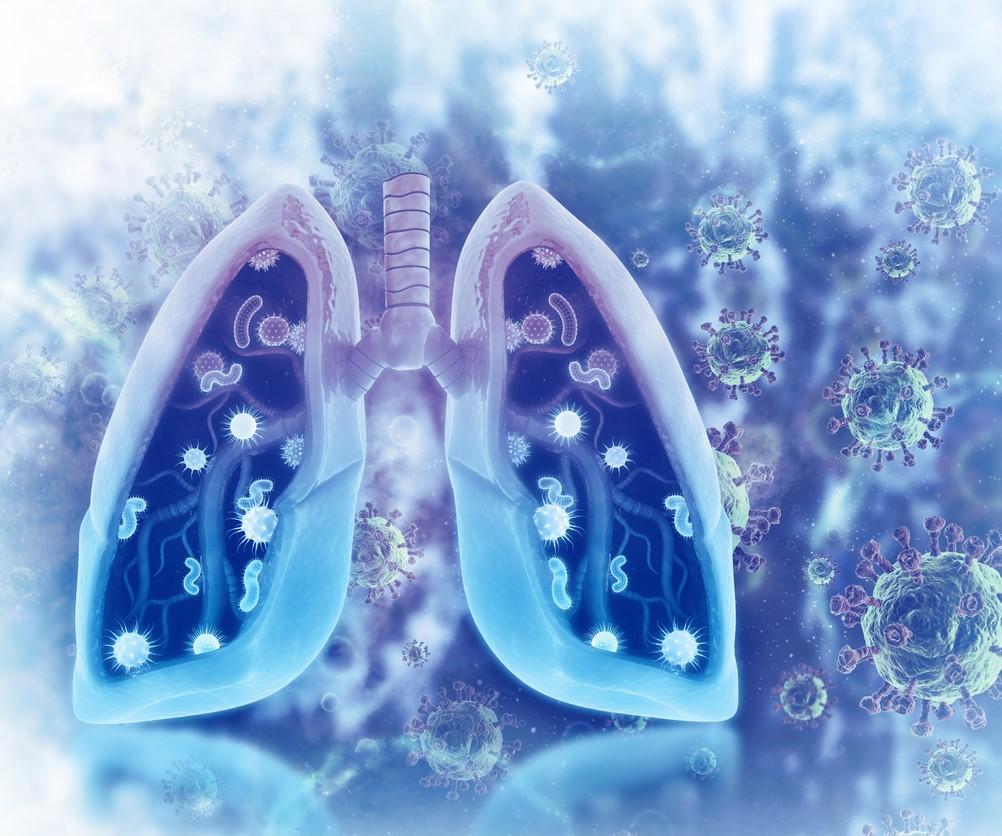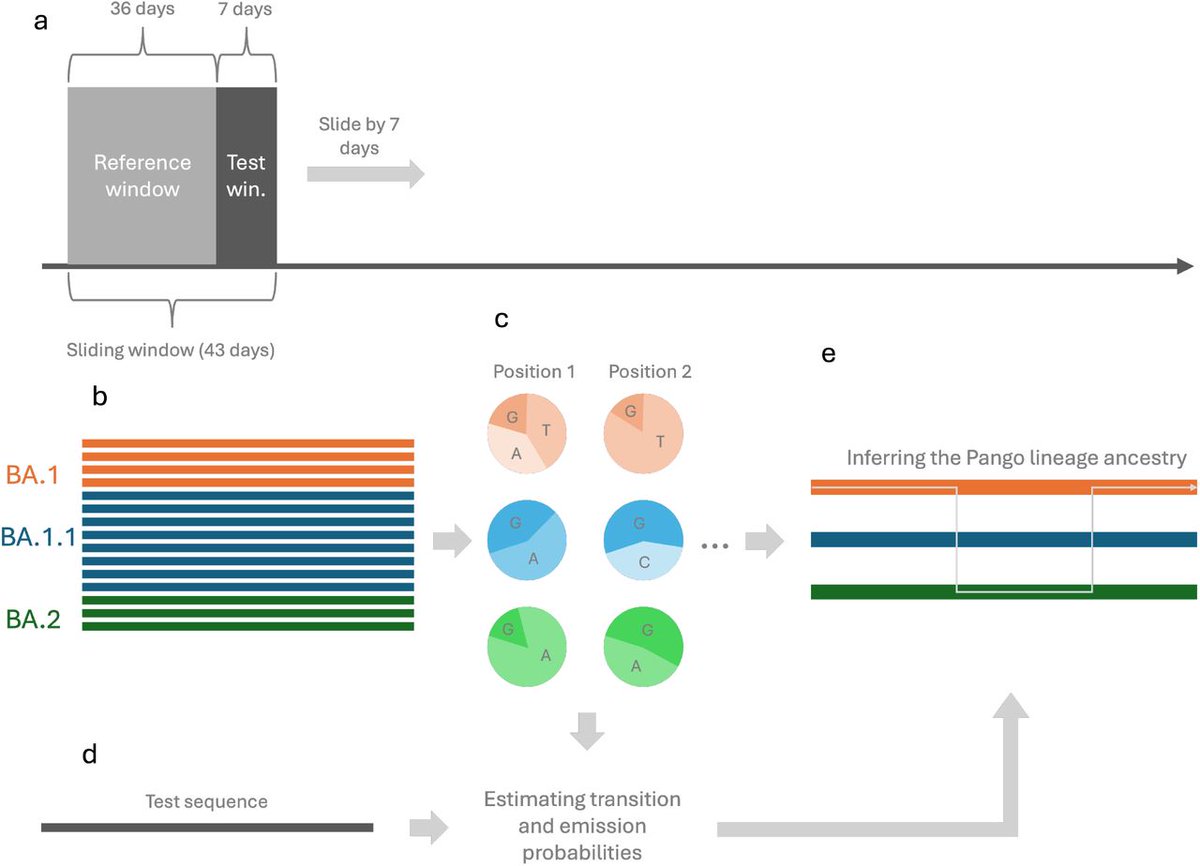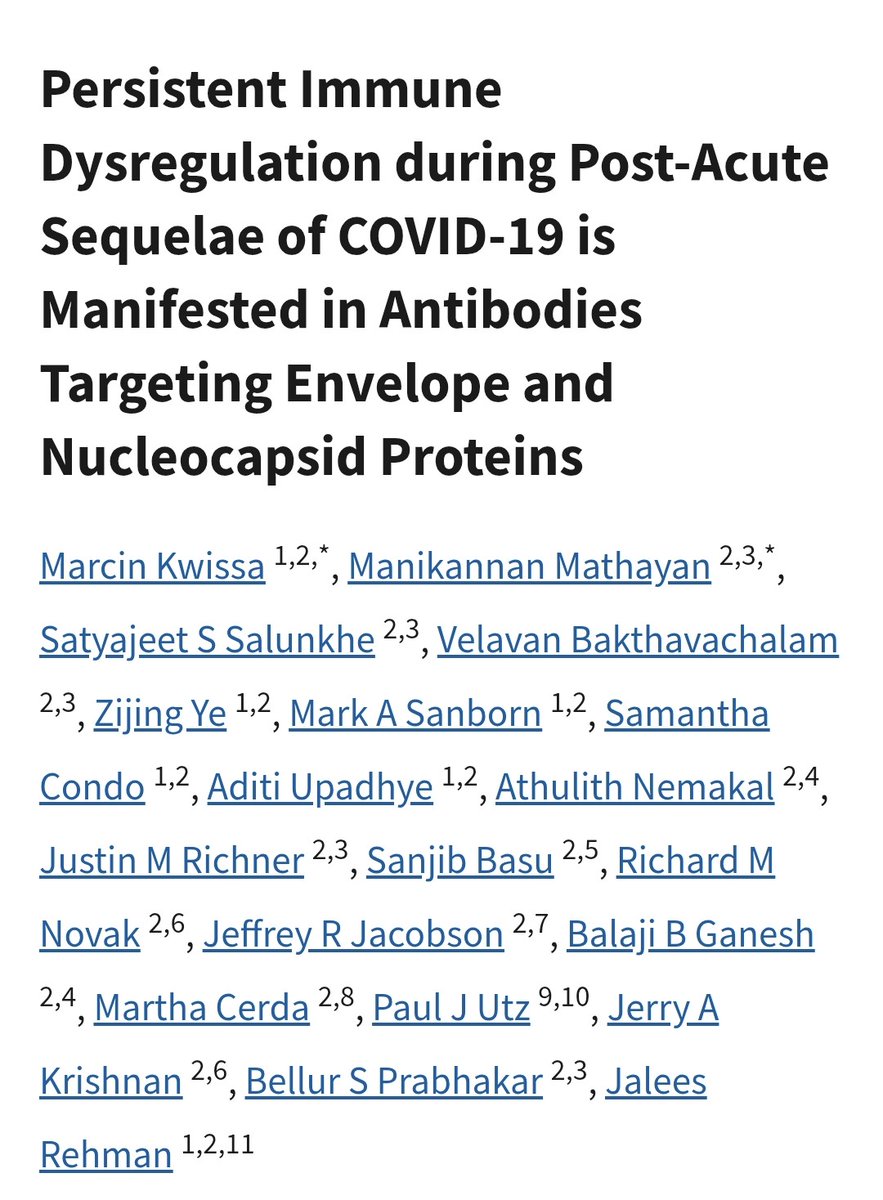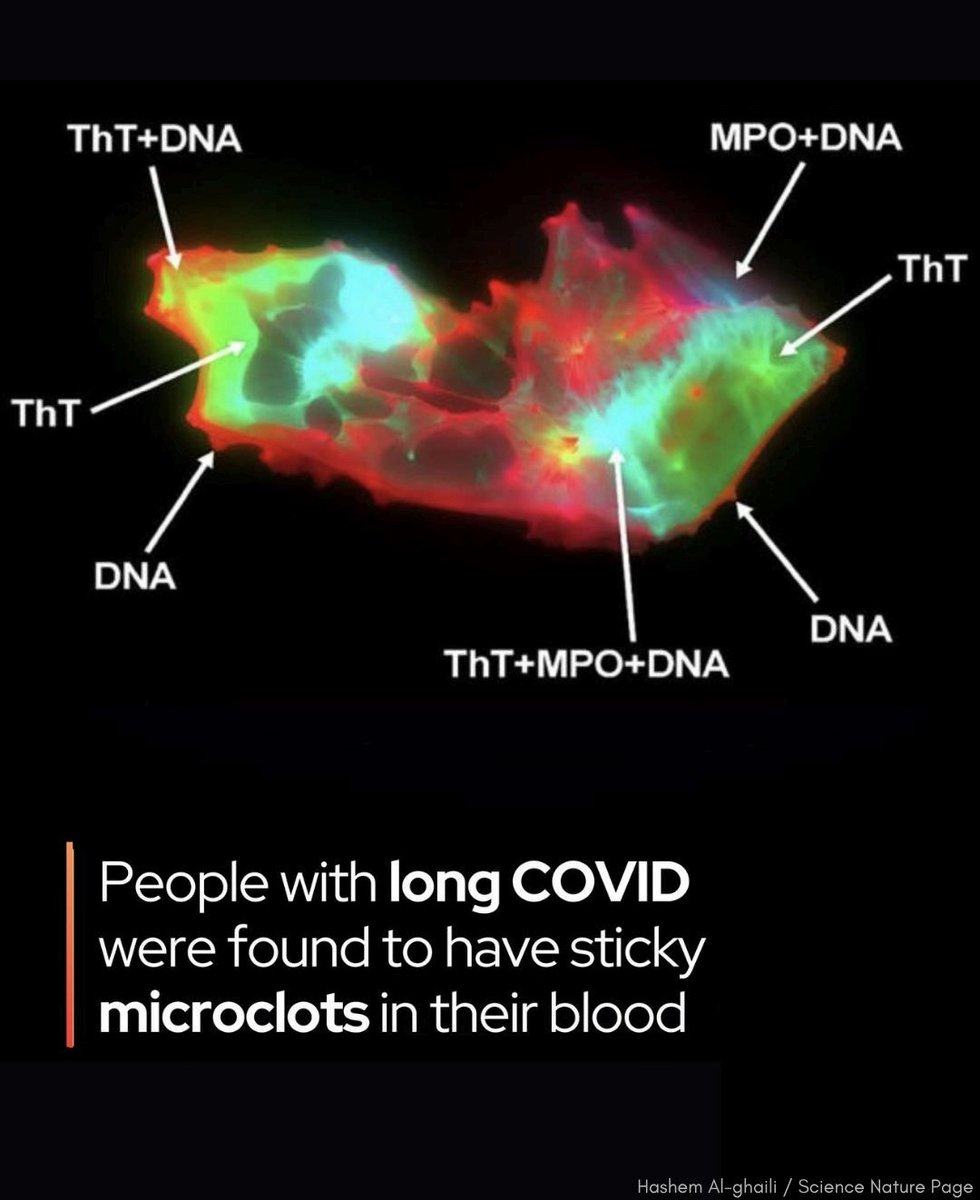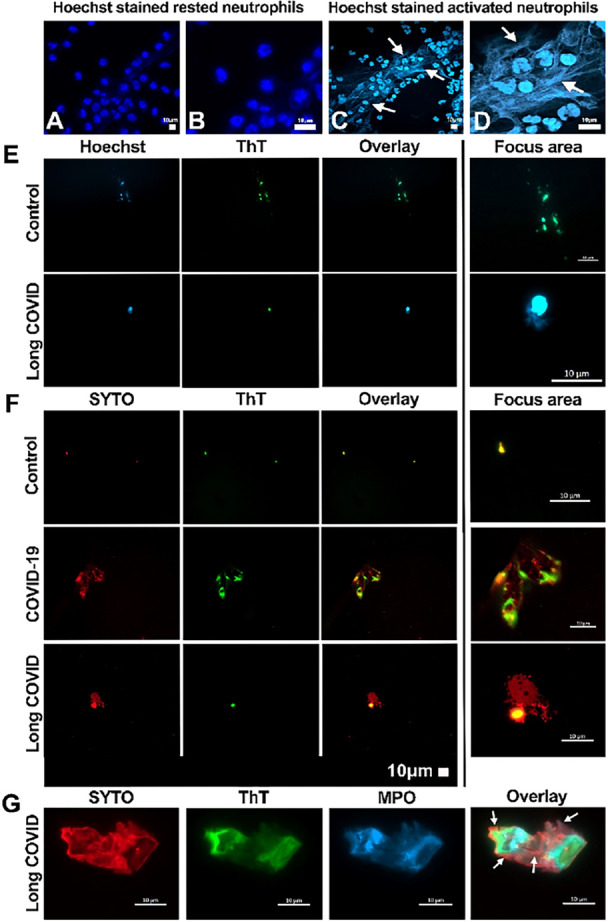𝙒𝙝𝙤 𝙄𝙨 𝙩𝙝𝙚 𝙄𝙣𝙩𝙚𝙧𝙢𝙚𝙙𝙞𝙖𝙩𝙚 𝙃𝙤𝙨𝙩 𝙤𝙛 𝙍𝙉𝘼 𝙑𝙞𝙧𝙪𝙨𝙚𝙨? 𝘼 𝙛𝙤𝙘𝙪𝙨 𝙤𝙣 𝙎𝘼𝙍𝙎-𝘾𝙤𝙑-2 𝙖𝙣𝙙 𝙋𝙤𝙡𝙞𝙤𝙫𝙞𝙧𝙪𝙨
𝘛𝘩𝘦 𝘣𝘢𝘤𝘵𝘦𝘳𝘪𝘰𝘱𝘩𝘢𝘨𝘦 𝘣𝘦𝘩𝘢𝘷𝘪𝘰𝘳 𝘰𝘧 𝘚𝘈𝘙𝘚-𝘊𝘖𝘝-2 ?
From @carlobrogna1 and team
mdpi.com/2076-2607/12/4…

𝘛𝘩𝘦 𝘣𝘢𝘤𝘵𝘦𝘳𝘪𝘰𝘱𝘩𝘢𝘨𝘦 𝘣𝘦𝘩𝘢𝘷𝘪𝘰𝘳 𝘰𝘧 𝘚𝘈𝘙𝘚-𝘊𝘖𝘝-2 ?
From @carlobrogna1 and team
mdpi.com/2076-2607/12/4…

2) The authors argue that SARS-CoV-2 and potentially other RNA viruses like poliovirus exhibit bacteriophage behavior, meaning they infect and replicate within bacteria rather than directly infecting human cells. 

3) They present evidence from electron microscopy, immunogold staining, immunofluorescence, and mass spectrometry analyses of bacterial cultures that show SARS-CoV-2 viral particles within and interacting with gut bacteria. 

4) Radioisotope experiments adding nitrogen-15 to bacterial cultures showed SARS-CoV-2 and poliovirus proteins incorporating the heavier isotope, indicating viral replication within bacteria. 

5) Studies observed SARS-CoV-2 RNA levels increasing in bacterial cultures over 30 days and lytic plaques forming in bacterial lawns exposed to supernatants. 

6) Gut dysbiosis and presence of viral RNA in feces and sewage also implicates a role for the microbiome in transmission and pathogenesis.
The authors argue this challenges assumptions of direct epithelial cell infection and suggests bacteria are a key intermediate host.
The authors argue this challenges assumptions of direct epithelial cell infection and suggests bacteria are a key intermediate host.

7) Vaccination targeting bacteria may be most effective.
More study of viral-microbiome interactions and their toxic impacts is needed to better understand mechanisms and potential therapeutic approaches.
Thanks for reading 🙏
FYI @gemcarey @DavidJoffe64
More study of viral-microbiome interactions and their toxic impacts is needed to better understand mechanisms and potential therapeutic approaches.
Thanks for reading 🙏
FYI @gemcarey @DavidJoffe64

• • •
Missing some Tweet in this thread? You can try to
force a refresh


